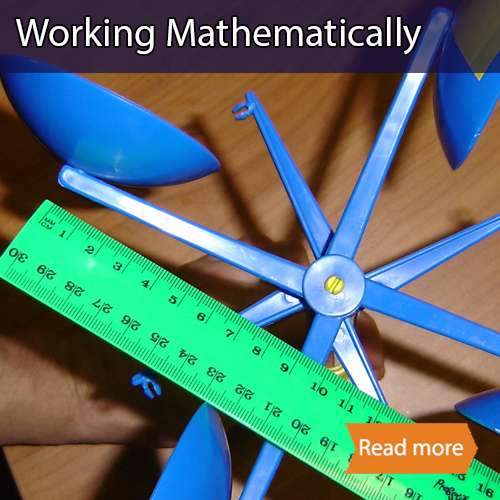Pi Day – What’s this all about?
It’s a celebration all about Pi! Pi – represented by the symbol π – is one of the most widely recognised mathematical constants. The circumference of a circle equals π x the diameter. Pi is an irrational number, meaning it can’t be represented by a simple fraction. The decimals of Pi keep on going forever without repeating.
But wait… there are actually two Pi days! March 14th and July 22nd. Why? Well, this has got to do with how people in different countries write their dates. In some countries, the date is written MM/DD/YY whereas in others the date is written DD/MM/YY. As Pi is often rounded off to 3.14, many countries celebrate Pi Day on March 14 as this is shown as 3.14 on their calendar. For other countries, they use July 22 as Pi Approximation Day because the fraction 22/7 closely approximates Pi! (355/113 is even closer, but makes no sense as a date on the calendar.)
Activities and lessons for Pi day
- See who can recite the most number of digits of Pi. The following song might help you with the first hundred digits of Pi!
If you need the raw digits, here are the first hundred digits of Pi (check out a million digits of Pi here!) 3.1415926535897932384626433832795028841971693993751058209749445923078164062862089986280348253421170679
- Get your school to apply to the Guinness Book of Records to create the longest human representation of Pi!

Longest human representation of Pi in 2018 on March 14 in Poland … 627 people!
Source: Guinness Book of Records - Learn how to calculate Pi
- Give your class pie! If you have the facilities, this is a great chance for them to make pie themselves.
Before they eat the pie, they have to calculate the area of pie they are about to eat. You could even give the pie as a prize for knowing the most digits of Pi. You could also sell each slice for $3.14 to raise money for mathematics supplies. The area of a circle =πr2 - Make an anemometer and then work out the circumference that the cups travel.The circumference of a circle =2πr. From there you can then calculate wind speed as you now know the distance that the cups travel every revolution.

Find out about the Working Mathematically school maths incursion - Read the book Sir Cumference and the Dragon of Pi: A Math Adventure

- Write Pi-ku poems!
A bit like Haiku poems, only this time the pattern is:
First line: three syllables
Second line: one syllable
Third line: four syllables - Hunt your school grounds for circles!
- Make a Pi chain! This is really a code, whereby you link different coloured bits of paper together that each represent a different number. There are schools around the world that have linked more than 70,000 chain links! Check out the video below
- Make a chain of beads with each colour representing a number. You could also take this to a whole new level with UV beads!
- Similar to above, you could have student decorate a paper plate with one numeral each and have them stand in a massive circle around your school hall.
- Create Pi themed Tshirts and have a school fashion parade sponsored by Pi.
- Combine music and mathematics by making a Pi symphony! Each number could be a clap, a click, a stamp of the foot or whichever you choose. How many digits can they repeat?
- What is the area of grass covered by a rotating sprinkler?
- How much further is the outside lane in on an athletic track compared to inside lane?
- Stand shoulder to shoulder and march in a circle. How much farther does the outside person have to travel?
- How many words can you list that start with letters Pi?
There are many ways you can celebrate Pi with your students. Let us know some of the fun ways you’ve taught about Pi in your classroom in the comments below!
Happy teaching,

























Comments